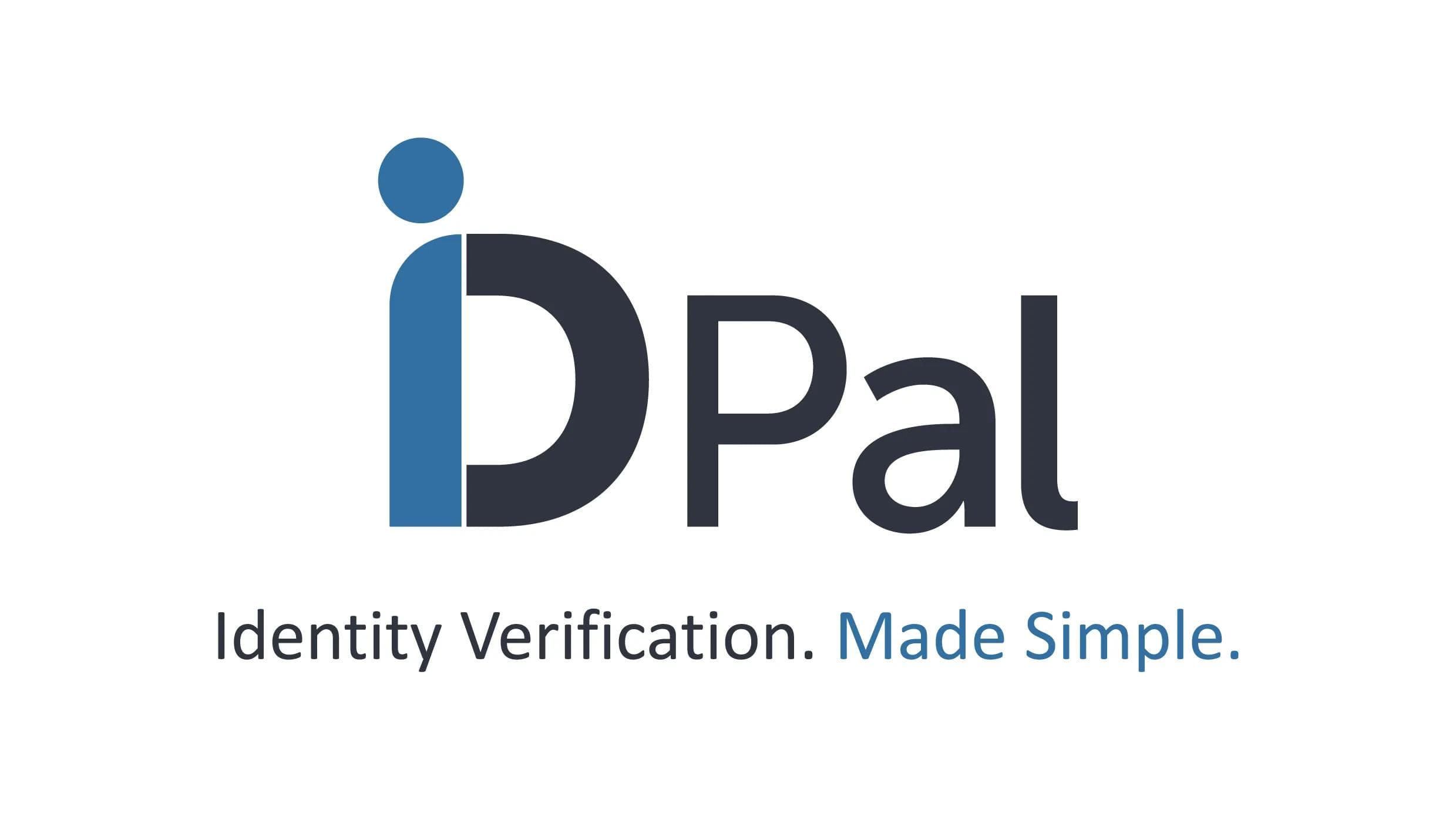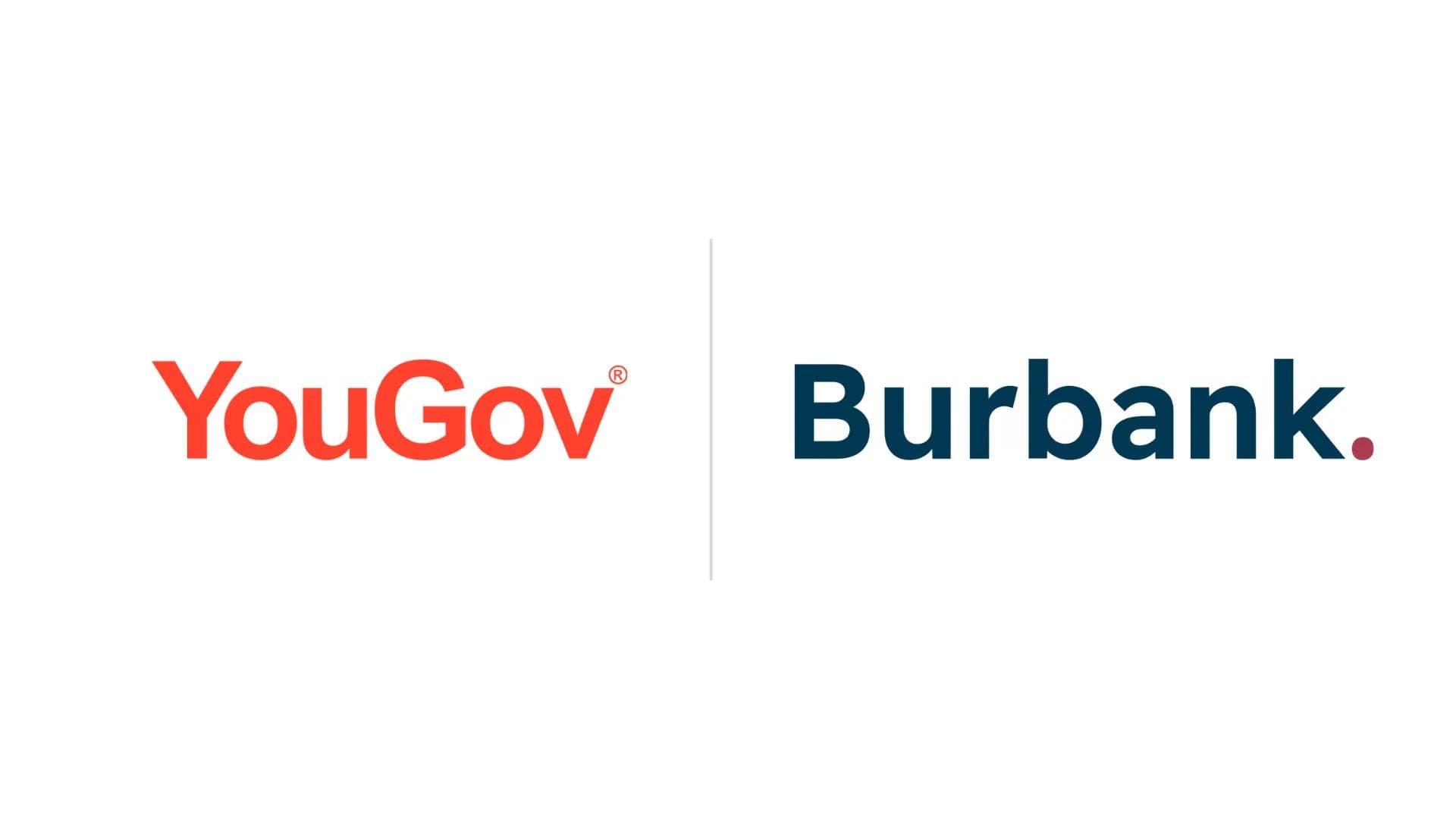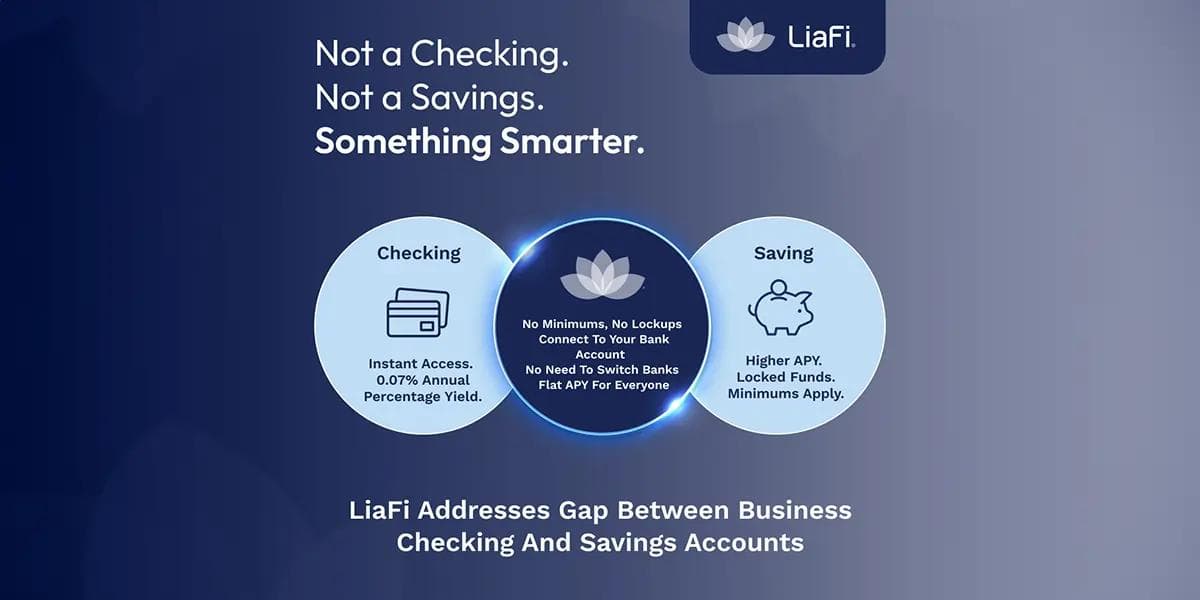Navigating the winding road to Europe’s economic recovery
Navigating the winding road to Europe’s economic recovery
Published by Wanda Rich
Posted on August 13, 2021

Published by Wanda Rich
Posted on August 13, 2021

By Paul Watters, head of credit research EMEA, S&P Global Ratings
Governments across Europe have begun to ease lockdown restrictions in a bid to re-ignite local and national economies. This collective reopening has rekindled hope across travel and hospitality industries that the important European holiday season can be saved.

Paul Watters, head of credit research EMEA, S&P Global Ratings
But many healthcare professionals are watching this unfold with concern, cautiously eyeing the race between vaccinations and infections caused by the Delta variant. While vaccines appear to be effective in preventing severe illness and hospitalizations, governments could be forced to U-turn, if hospital admissions rise rapidly among unvaccinated populations.
France’s curfew has been lifted, Germany’s leisure venues have reopened, and the UK is pivoting towards ‘individual responsibility’ for social interactions rather than government diktat. Meanwhile, Greece and Spain are welcoming back vaccinated tourists – just in time to bolster their hard-hit hospitality sectors over the summer. Even so, these holiday makers will likely be Europeans permitted to travel in the region, rather than international visitors, who remain cautious about long distance travel.
According to recent research conducted by S&P Global Ratings, in which we delved into the state of the European economy, credit conditions on the Continent are showing clear signs of improvement. This primarily follows evidence that vaccines are highly effective, the vaccination programme reaching scale, and a drop in COVID-19 case numbers, as well as a raft of business support measures from the public purse.
Further indicators show signs of economic convalescence extending beyond manufacturing, construction and export – to much of the service sector, in lockstep with credit quality. Even so, pockets of vulnerability persist in the most disrupted sectors, including travel and parts of the leisure sector where we think recovery will stretch to 2023 or beyond.
While these findings undeniably spell hope for a widespread and sustained European recovery, this is not without its risks and challenges. A key one is, how will the authorities scale back the massive support programmes that have been provided without creating undesirable turbulence? An early test will come in the autumn as the Fed and ECB-POLICY-3fdc7763-f2c0-4c30-b494-8614852eaf43>ECB lay out their plans to start tapering their QE programmes. Careful communications will be needed to avoid creating excessive volatility in financial markets. Longer lasting inflation pressure at the wholesale level poses another risk, potentially having a knock-on effect on wages.
A build-up in inflation could force central banks to accelerate monetary tightening and trigger rapid market repricing – particularly damaging low-rated corporates and some emerging markets. Europe’s exposure to this remains limited, and certainly less than in the US, as we expect headline inflation to rise at a much slower pace from now on, before falling back to below 1.6% early next year. Yet, an increase in rates in the US would have a spill-over effect for the rest of the world – in particular, in emerging markets.
Abundant and cheap liquidity buys time for corporates, and spreads remain compressed including for lower-rated companies. Yet corporate debt sustainability remains a concern in Europe. Larger, more stable corporates may choose to prioritize higher working capital and capital expenditures (and M&A), with the expectation of greater shareholder returns, which will allow them to pay off debt later. For many mid-market and smaller companies that have taken on more debt and unable to restore earnings growth – many in the more disrupted service sectors – the risk of default remains higher than average. Companies of all sizes should tread carefully; the corporate sector, despite generous government support, is still on the winding road to economic stability.
While there is greater cause for optimism around Europe’s economic recovery, steering a path back to a post COVID steady state with policy settings returning to customary levels will take quite a long time. Businesses and governments need to balance supporting growth with restoring their balance sheet strength. While we are positive about the normalization of financing conditions, this should be gradual and orderly. Risks around inflation and debt sustainability, not to mention new variants undermining existing vaccine efficacy, all have the potential to undermine this return to stability.
Explore more articles in the Top Stories category











